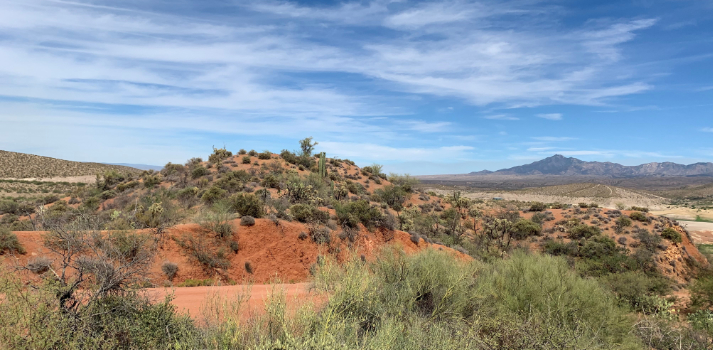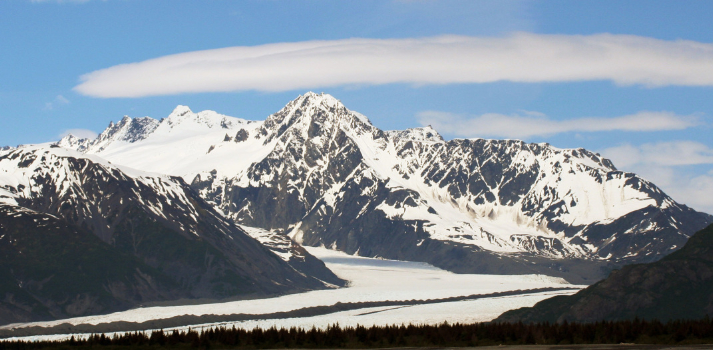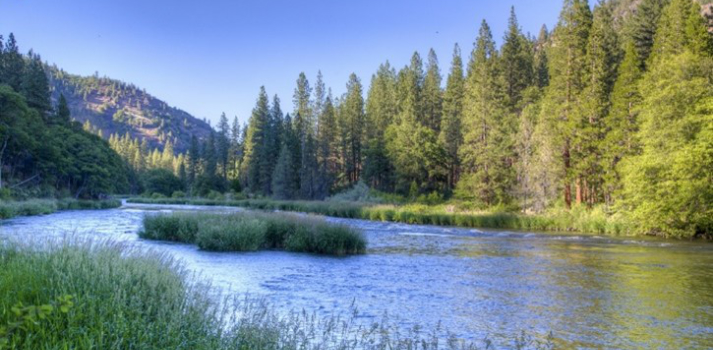Indian Resources Section
About the Section
The Indian Resources Section litigates to protect almost 60 million acres of lands held in trust for Tribes and individual Indian lands, as well as the rights and resources associated with those lands. The Section also defends challenges to decisions made by the Secretary of the Interior on behalf of Tribes. This litigation often involves complex historical disputes, some of which date back to the early days of our nation.
On May 27, 1975, Attorney General Edward H. Levi created the Indian Resources Section, providing it with primary “responsibility for trial court litigation of suits in which the United States is asserting rights to water, title to property, hunting and fishing rights and other natural resource interests of Indians and Indian Tribes.” Prior to the creation of the Indian Resources Section, the General Litigation (now Natural Resources) Section, which litigated to protect all federal lands and resources, also protected Indian lands. The newly created litigating Section, according to then-Assistant Attorney General Wallace H. Johnson, would “enable the federal government to better focus on the protection of all natural resource interests [belonging to Indians] including land, water, hunting and fishing rights.”
Although the Indian Resources Section is relatively small, its cases concern vast amounts of land and resources and important principles of Tribal sovereignty and identity, and encompass issues of regional and national importance.
- Defend and protect tribal homelands and associated rights.
- Consider and address unique environmental justice impacts on tribal communities.
- Protect almost 60 million acres of tribal trust lands.
- Protect tribal hunting, fishing, and gathering rights.
- Protect tribal water rights.
- Protect tribal land and jurisdiction to promote tribal self-determination and sovereignty.
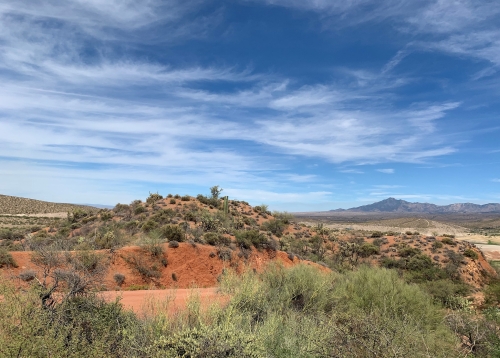

The Indian Resources Section brings affirmative litigation to protect the almost 60 million acres of lands held in trust by the United States for Indian Tribes and their members. Conflicts regarding whether certain lands are Indian country for adjudicatory and regulatory purposes have arisen in a number of contexts.
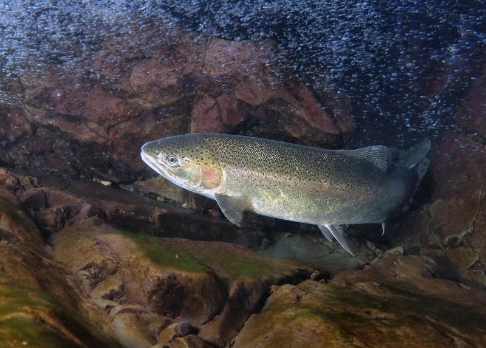

The United States Constitution’s Treaty Clause authorizes the President to make Treaties, with the concurrence of two-thirds of the Senate. In total, the United States has ratified approximately 374 treaties with Native nations.


The Indian Resources Section is involved in water rights adjudications throughout the arid West, asserting federal reserved water rights held by the United States for the benefit of Tribes to ensure that Tribal reservations provide viable permanent homelands.
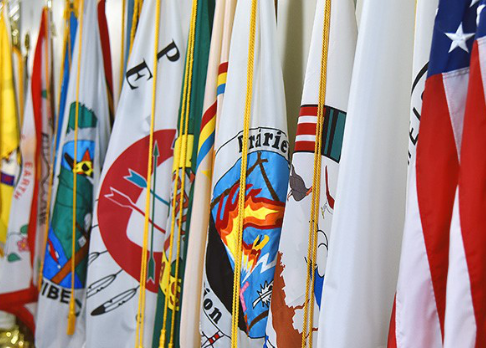

The Indian Resources Section litigates a significant number of cases defending decisions of the Department of the Interior that promote Tribal interests. These cases include defense of administrative decisions to take land into trust for a Tribe or to approve gaming.

 U.S. Department
of Justice
U.S. Department
of Justice
